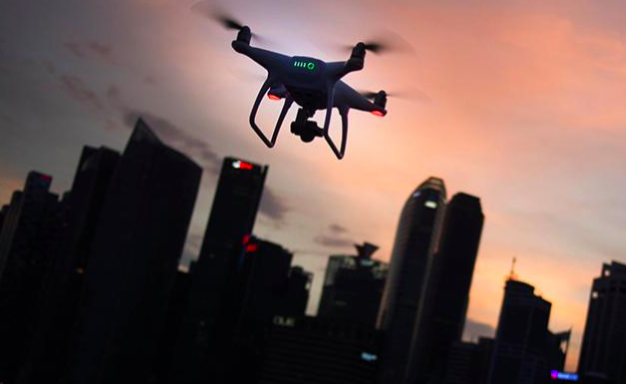
In the run-up to Christmas 2018 reports emerged of drones flying dangerously close to Gatwick Airport in West Sussex, England. While no one was ever caught, and no explanation was ever found, it caused significant disruption and highlighted the danger drones could pose if used nefariously. Conventional drone catchers tried radar, cameras and radio frequency detectors, all without success.
Fast forward to today, and researchers at the University of Cambridge have come up with a plan to avoid such situations. The research team have used Bayesian statistical techniques and radar data together to predict the flight path of a drone, and whether it intends to enter a restricted airspace. The software-based solution uses a stochastic (random) model to determine the underlying intent of the machine, which can change dynamically over time. As many drones navigate using specific waypoints, a single journey is made of multiple points. Tested against radar data, taking into account speed and trajectory, the system predicted an onward path accurately.
Researcher Professor Simon Godsill from Cambridge’s Department of Engineering observed, “There needs to be some sort of automated equivalent to air traffic control for drones. But unlike large and fast-moving targets, like a passenger jet, drones are small, agile, and slow-moving, which makes them difficult to track. They can also easily be mistaken for birds, and vice versa.”
“We need to know this before it happens, not after it happens. This way, if a drone is getting too close, it could be possible to warn the drone operator. For obvious safety reasons, it’s prohibited to disable a drone in civilian airspace, so the only option is to close the airspace. Our goal is to make sure airport authorities don’t have to do this unless the threat is a real one.”
Next the researchers plan to try and incorporate the system into existing surveillance units, and as well as drones they are going to investigate other uses for the algorithms like robot choreography and autonomy both on land and sea.

















